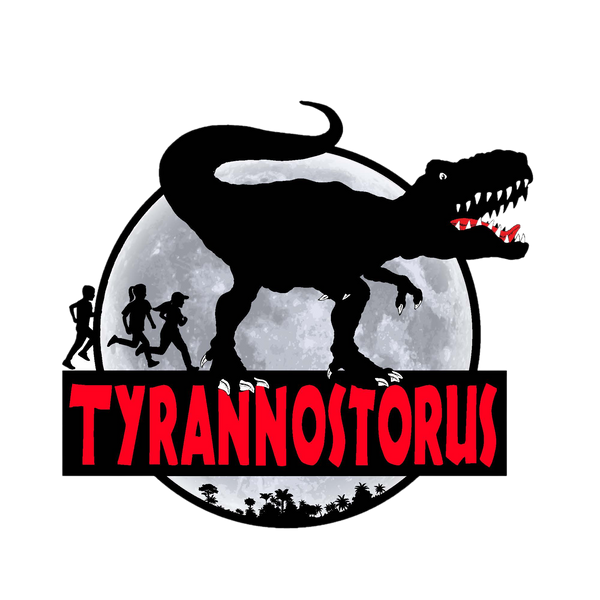
Are Dire Wolves Back from Extinction?
The dire wolf is back from extinction—or is it?
According to recent headlines, the biotech company Colossal Biosciences has claimed to have resurrected this long-lost predator. It’s a bold claim that captures the imagination—but before we get swept away by Jurassic Park vibes, let’s take a closer look at what a dire wolf actually was, and what’s really going on behind this scientific breakthrough.
What Is a Dire Wolf?
Dire wolves were enormous canids that likely first evolved during the Pliocene Epoch, around 3.5 million years ago. They roamed across the Americas and were among the most dominant predators of their time. Fossils have even been found as far away as China, highlighting their wide geographic range.
These animals were hypercarnivores, meaning they relied heavily on meat—about 70% of their diet consisted of large herbivores like horses and bison. But when those prey animals went extinct at the end of the last Ice Age, the dire wolves disappeared along with them… or so we thought.
De-Extinction in Action?
Bringing an extinct species back to life isn’t simple. It involves recreating the entire genome of the species, inserting that DNA into a living surrogate, and hoping the resulting offspring is a true genetic match. That’s the ideal.
In the case of the so-called “resurrected” dire wolf pups, Colossal Biosciences was only able to recreate a partial genome. They used modern grey wolves as surrogate mothers, modifying about 14 genes in the grey wolf DNA to try and mimic the traits of a dire wolf.
The Genetic Twist
Here’s where things get really interesting: despite the name, dire wolves aren't closely related to grey wolves at all.
In fact, recent genetic studies have shown that dire wolves are part of a distinct and ancient branch of the canid family tree. They might be more closely related to jackals and dholes than to any species of wolf alive today. So, while these bioengineered pups might look a bit like dire wolves, genetically speaking, they’re something else entirely.
So... Are Dire Wolves Really Back?
That’s the big question. Are these animals true dire wolves? Or are they designer hybrids made in a lab? The answer likely lies somewhere in between. While the science behind this experiment is incredibly impressive, it may be more accurate to call these creatures “dire wolf-inspired canids” rather than true de-extinct specimens.
What’s Next in De-Extinction?
The idea of bringing back extinct animals—whether dire wolves, mammoths, or saber-toothed cats like the mighty Smilodon—is no longer just science fiction. If you’re curious about what the future holds for de-extinction, genetics, and the return of prehistoric beasts, come check us out at Tyrannostorus to explore ancient creatures, cutting-edge science, and a whole world of prehistoric wonder.
